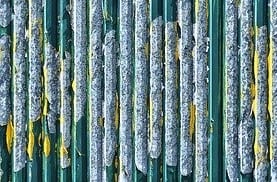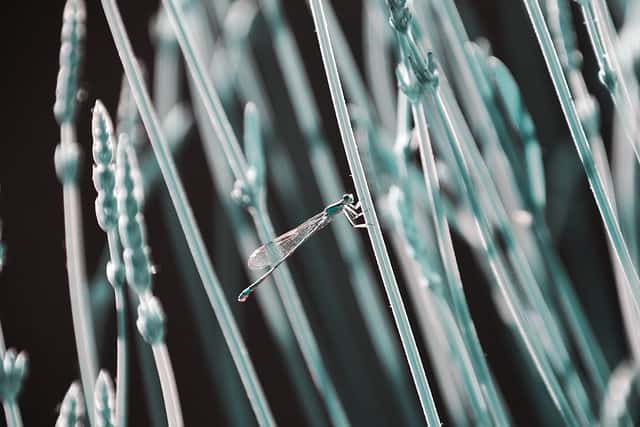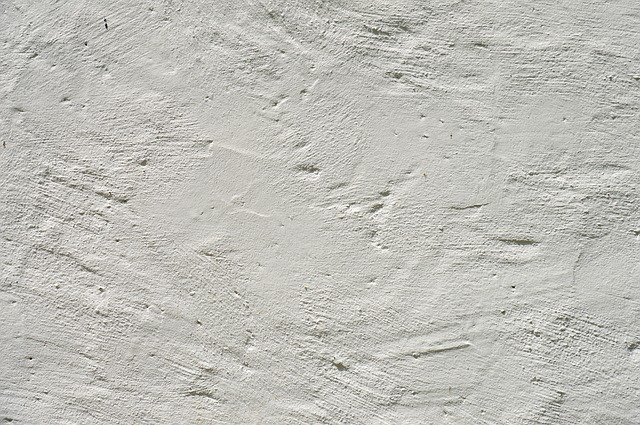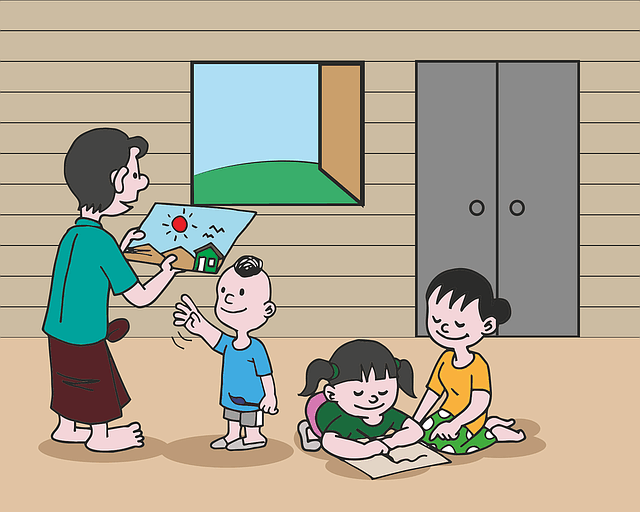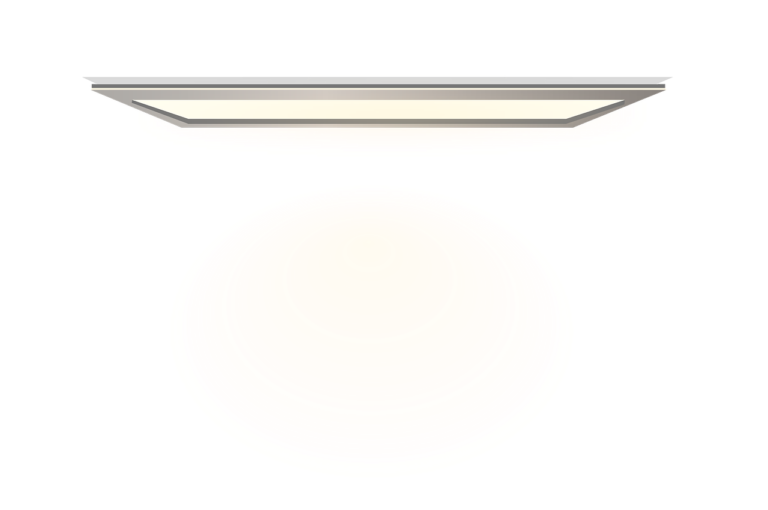How to Paint Concrete in 5 Easy Steps
Having an impressive concrete outlook is the dream of every homeowner. However, achieving an excellent paint finish is usually faced with several challenges, especially when the wrong procedure is used while painting. 
Perhaps you are facing peeling challenges or even mold growth over your concrete surface and wonder how to go about it. Do you just coat the concrete with paint, strip, or wash the entire surface?
Well, in this article, we shall be discussing how to paint concrete. You begin your task by selecting appropriate tools/materials, carry out surface preparation, seal/fill any surface damage, sand/polish where necessary before applying a concrete-based primer, if necessary.
Moreover, choosing correct concrete paint and prepare accordingly, carry out a procedural application with a roller, a paintbrush, or a paint sprayer, and then leave the concrete surface to dry naturally or in an agitated atmosphere. Indeed, the concrete finish coat shouldn’t be touched when still wet or sanded whatsoever after the paint has dried.
See Also: Remove Concrete Sealer using
Details: How to Paint Concrete in 5 Easy Steps
a. Tools and Items Required
- Wire-brush and Vacuum cleaner
- Soapy detergent and Warm water
- A paintbrush, a paint roller, a spray painter
- A putty knife and fitter/patching compound
- Polyethylene cover and water point
- Power source and concrete-based paint
- Empty bucket and sandpaper/hand sander
- Blower and piece of cloth
- Concrete bonding primer and painter tape
- Protective gear – overall, goggles, gloves, respirator, and facemask
See Also: Remove Paint From Concrete
b. Prevailing Weather Conditions
Prevailing weather condition is very important in determining whether to paint a concrete surface or not.
Outdoors concrete paint should not be carried out during wet/rainy weather (the paint is washed away by water or water is embedded in the paint layer; thus, weakening the stickiness ability.
With time, the paint layer ends up chipping, scuffing, or peeling). Instead, you consider cool weather conditions where sunshine is minimal during the day.
The indoor concrete painting should be carried out in cool and warm weather conditions. You can also consider the dry period to accelerate paint cure time.
Otherwise, avoid painting interior concrete surfaces when the weather is damp or rainy – humidity lowers stickiness ability and hampers the drying time.
Besides, the Interior concrete surfaces hold a cold atmosphere for long period, which makes the place inhabitable upon paint restoration.
Paint tends to form more drains in humid conditions (due to low surface stickiness action) unlike in warm weather when painting.
NB: The selected suitable weather condition should prevail for a number of days since most concrete paints take a longer time to dry completely.
c. Surface Cleaning/Preparation
Surface cleaning or preparation entails several steps as highlighted below:
- Put on protective gear (overall, goggles, gloves, respirator, and facemask) to boost personal safety.
- Sweep the concrete floor to remove surface debris, dirt, and dust particles from the surface. Alternatively, vacuum the surface gently with a vacuum cleaner.
- Using a wire brush, scrub the surface gently to remove dried stains, dirt, molds/mildew, gunk, or grime from the surface.
- For oiled or greased concrete, you will need to use chemicals like Trisodium Phosphate when scrubbing to ease oil-breakdown.
- Clean the surface with soap and warm water to remove oil or dirt remains.
- For a painted concrete surface, you need to thin or apply a paint stripper to breakdown the paint layer before stripping/scraping with a paint scraper or putty knife.
- Finally, rinse the concrete surface with warm water and a piece of cloth until it’s dry.
See Also: Paint for Concrete Pool Deck
d. Sealing/Filling Damaged Section
During surface preparation, the concrete structures may be damaged in one way or another. Or else, the concrete surfaces may have cracks or holes unattended- these need to be sealed completely before any painting is carried out.
Use a concrete based sealer or patching compound to seal any crack or hole from the surface. To achieve this, you will need to use a putty knife to fetch the patching compound, which you press gently over the cracks or hole until is entirely filled.
Leave the patched area to dry sufficiently. Avoid sealing the concrete surface before it has dried out completely – this act may weaken the filler stickiness ability upon contact with a wet surface.
e. Sanding and Polishing
Using a hand sander, polish the sealed section gently (to avoid further surface damage) in order to achieve a smooth surface finish.
Alternatively, you can sand the seal with medium-grit sandpaper or a polishing machine to achieve the same finish.
Sanding and polishing are crucial in eliminating surface ruggedness over the sealed areas and also boost the paint stickiness over that particular section.
f. Priming
A select primer that is concrete-based and prepared as per the manufacturer’s instruction. Using a paintbrush or a roller, apply the primer over the concrete surface and leave it to dry.
The priming process is necessary when painting a new concrete surface or while restoring old paint from the wall.
The primer will not only boost surface adhesion but also offer an extra coat layer that reduces double paint coating to achieve the intended final finish.
Usually, concrete painted without priming has a low service life. The paint layer is subjected to easier chipping or peeling when exposed to harsh weather conditions.
Indeed, the primed concrete surface has a high stickiness ability as compared to the unprimed surface. You can opt to buy self-priming concrete/masonry paint, which helps eliminated priming costs.
See Also: Paint for Concrete Walls in Basement
g. Paint Selection
During paint selection, you need to consider factors such as the climate of the area, the quantity of the package, available colors, the drying period, surface area to be painted.
It means of preparations, type of paint (is it oil-based or water-based?), and the area of application (is it for indoors or outdoors?).
Oil-based paints are best when using for outdoor painting activities – the paints are manufactures with a complex chemical formulation that overcome harsh conditions such as UV-rays, mold growth, or fading.
Contrary, water-based paint should be used indoors – the paint is environmentally friendly, easier to restore, and won’t cause any problem to human health.
Though acrylic paint can be used on interior concrete surfaces (theatres, lecture halls, or cinema halls), it’s advisable to consider latex-acrylic paint formulation, which is more safe and durable when used indoors.
Notably, choose concrete paint that is more comfortable to apply and remove, fast-drying, durable, comes in a variety of colors, and has high stickiness ability.
Match your finish paint with primer applied – water-based primer should be coated with water-based finish paint and vice versa.
h. Paint Preparation
When preparing concrete paint, follow the manufacturer’s instructions keenly.
Check the labels (for precautions and procedure) and prepare a smaller paint quantity to ascertain the solvent stickiness.
Moreover, you need to check the type of thinning required for an easier dilution process.
Oil-based paint should be thinned with oil-based thinner, while water-based paints should be thinned using water-based thinner (water).
In case you are new to painting activity, consider contracting a professional painter. Otherwise, you can test diluted paint suitability through a spot/drop tests experiment over the concrete surface.
Your paintbrush or roller should load sufficiently without dripping for a well prepared concrete paint – highly viscous paint don’t load nicely, while over diluted paint forms excess drips or runs.
See Also: Removing Spray Paint from Concrete
i. Actual Paint Application
Actual painting entails:
- Dip a paintbrush or a roller in a paint can and load enough paint solvent – no drips or runs should be seen
- Apply back and forth over the concrete surface until the entire section is sufficiently coated. The roller is more comfortable to use (less tedious) and allows deep paint seepage when painting. However, a paintbrush is the best for cutting concrete corners and eliminating runs/drains when painting.
- Leave the first coat to dry within the prescribed period (by the manufacturer) before applying a second coat, where necessary.
NB: Don’t correct drain errors with a roller (it leaver new lining, which is not impressive).
j. Finishing
Upon applying the final coat, leave the surface to dry naturally. For oil-based finish paint.
You may need to sprinkle water over the surface to keep off dust particles and debris from staining the wet paint.
Moreover, you may require to cover the painted surface (with polyethylene bag – without touching) for concrete surfaces found in very harsh environments (both acrylic and latex painted surfaces).
Avoid touching the concrete painted surface before it tries to touch – you leave behind fingerprint impressions.
What Are the Major Problems Associated with Painted Concrete?
1. Peeling
Peeling occurs on concrete surfaces located in both humid and dry areas due to aging or paint stickiness problems. Usually, excess moisture or sun radiations weaken the concrete paint layer leading to peeling action.
Besides, peeling may result from wrong application procedures where surface preparation is not correctly done (incomplete sanding or dusty surface). In case you paint your concrete surface while still wet, the embedded moisture triggers peeling with time.
Applying too many layers over a concrete surface also cause peeling to occur. More so, coating unstripped old paint with new paint lay weakens adhesive forces of the surfaces leading to peeling.
See Also: Walk Behind Concrete Grinder
2. Molds/Mildew
Growth of molds and mildew highly affects painted concrete surfaces found in damp, wet, and rainy environments.
Moisture content offers suitable conditions for growth with the paint layer provides the atmosphere to thrive.
This problem is not easier to avoid due to the prevailing weather/climate of a given region.
However, by selecting mold/mildew resistant concrete paint, you will combat such problems effectively and improve the service life of your concrete surface.
NB: Select acrylic concrete paint for both indoors and outdoors use when painting a damp or wet environment.
3. Cracking and Chipping
Cracking of concrete paint occurs due to excess sunshine or aging. The paint molecular bonds weaken and tend to strain to lead to cracks.
The stickiness ability of the paint layer under contact is reduced leading to wider cracks that trigger chipping or peeling action. Cracking problem is mostly found in a dry area or arid climatic condition.
To protect your concrete paint from cracking, it’s advisable to buy paint that resists UV-rays and reflects excess solar insolation.
Aging paint may crack slightly in the wet region. However, chipping is the most common problem in such areas due to excess moisture content.
4. Color Defacing
Painted concrete may deface whether in a wet or dry environment. Fading effect is usually a factor of color quality, which is a function of ingredients found in a particular type of paint.
However, dry areas are more prone to paint color changes as compared to the wet area due to excess sun insolation.
Moreover, paint that doesn’t incorporate UV-rays protection is more susceptible to fading when exposed to high solar insolation.
Purchase concrete paint that is UV-rays secure (for dry areas) and fade-resistant if you want to enjoy longer service upon paint application.
See Also: Degreaser for Concrete
Precautions and Safety Measures to Consider When Painting Concrete
During the paint application process, safety is crucial to avoid hazards and injuries that may occur. It’s therefore advisable to follow the precautions highlighted below:
- Cover the floor with a polyethylene bag (interior painting) to prevent surface staining when painting.
- Always wear protective gear (gloves, goggles, coveralls, respirators, and boots) when painting concrete surfaces.
- Before the actual paint application, ensure the concrete surface is perfectly cleaned and dirt-free.
- Priming concrete surfaces is necessary when painting to boost surface stickiness and eliminate peeling action.
- Never smell concrete paints or primers directly – the compound found in these solvents may choke or irritate your nasal cavity.
- All remains of concrete paint should be stored in a safe place away from kids and pets to avoid intoxication.
- Oil-based paints should not be used on concrete surfaces near a fireplace – the paint is highly flammable and may trigger a fire outbreak
- Always follow the manufacturer’s direction when prepping or preparing the main to avoid associated problems.
- Expired concrete paint or primer should be returned to the seller or disposed of accordingly.
Wash your hand with plenty of soap and water in case you get into contact with concrete paint or primer.
Conclusion
By choosing to read this article on how to paint concrete walls, I believe that you acquired unmatched knowledge that boosts your painting ability. The prevailing weather conditions are the first thing you consider before any painting preparation is done.
Then, select appropriate tools/materials, carry out surface preparation, seal/fill any surface damage, sand/polish where necessary before applying a concrete-based primer.
Further, prepare the finish paint and apply professionally to attain an incredible finish and leave it to dry naturally.
Wear protective gear and follow the precautions given to avoid any hazards when carrying out the concrete painting process. Notably, don’t touch wet painted concrete surfaces whatsoever.
